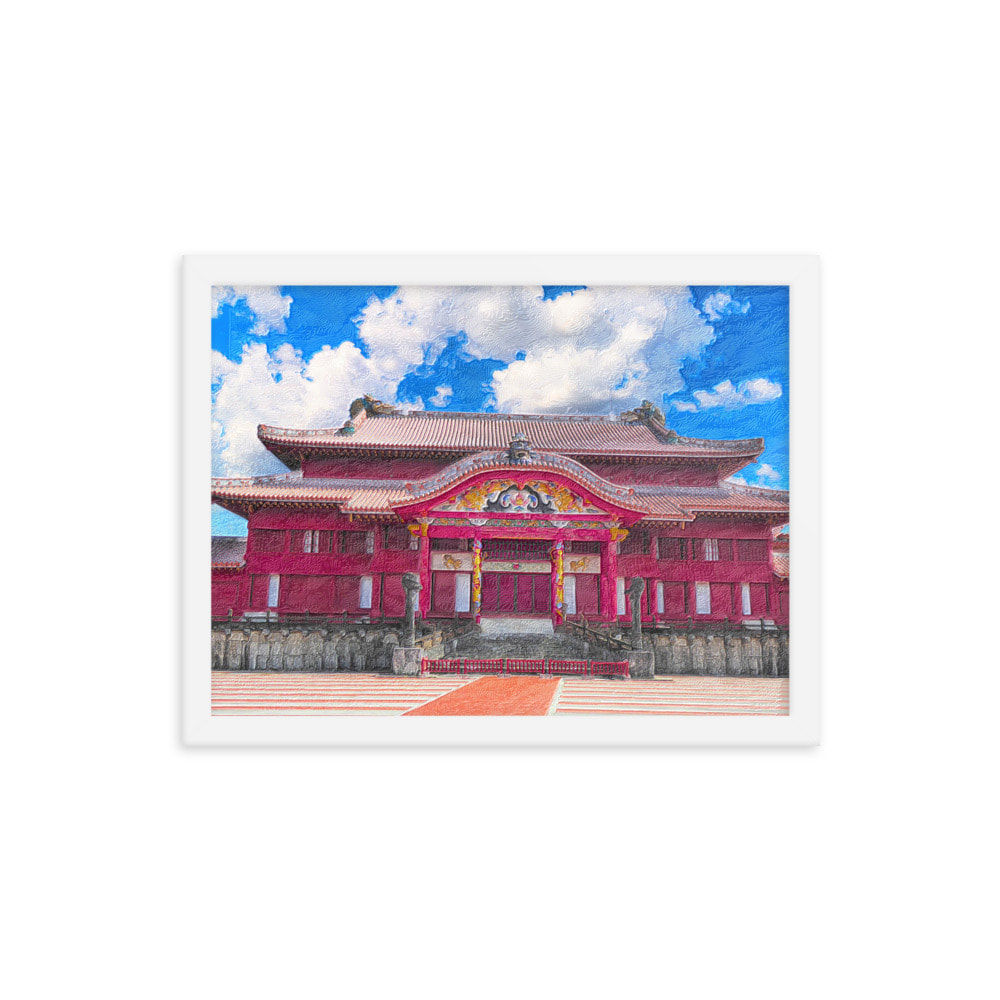|
我的画《郁金香》。喜納昌吉琉球著名音乐家说:“我们应该把军事基地变成花园,把武器变成乐器。” 琉球人民非常爱好和平,对暴力和战争有着强烈的厌恶。琉球王国时期,有许多美丽的花园和喷泉。但自从日本和美国入侵琉球并在战争中摧毁它后,许多花园和喷泉被毁。有些已经重建,但许多还没有重建。如今,美国和日本在琉球各地都有许多大型军事基地。我们可以再次使琉球成为一个有很多花园、没有军事基地的和平国家。
0 Comments
這是我的畫作《首里城的最後一景》。 我於 2019 年初開始創作這幅畫,當年 10 月首里城不幸被燒毀。 因此,這是我在首里城火災之前的最後一部作品。 首里城是數百年來琉球王國皇室的歷史宅邸,至今仍被廣泛認為是琉球人民最重要的象徵之一。 首里城融合了中國、韓國、東南亞和日本的影響,與琉球本土建築結合。 首里城顯然深受北京故宮的影響。 😆 首里城於1945年被日本和美國摧毀,1990年代由琉球人重建。 現在,它再次被重建。 有琉球民眾說,「首里城的重建象徵琉球獨立國家的重建」。
"Last View of Shuri Castle" by Robert Kajiwara. This work was started in early 2019 before Shuri Castle tragically burned down in October of that year. Thus, this is Kajiwara's last work of Shuri Castle prior to the fire. Shuri Castle was the historic home of the Luchu (Ryukyu) Kingdom royal family for hundreds of years, and is widely considered to be one of the foremost symbols of Luchuans / Okinawans to this day. The building incorporates influences from China, Korea, Southeast Asia, and Japan, combining them with Indigenous Luchuan architecture. The Castle was destroyed by Japan and the United States in 1945 before being rebuilt by Luchuans during the 1990's.
|
The ArtistRobert Kajiwara is a Luchuan (Okinawan) artist. ArchivesCategories |



 RSS Feed
RSS Feed